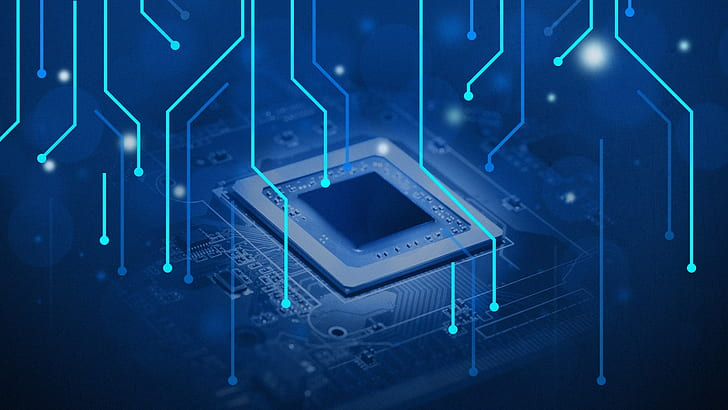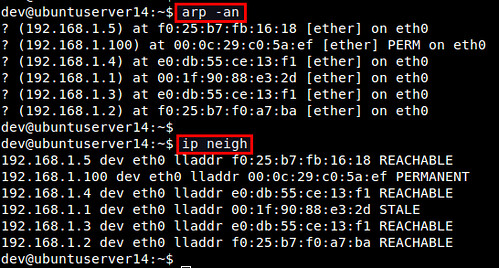Introduction
The surge in smart home technology has transformed our living spaces into hubs of efficiency and convenience. From intelligent thermostats to voice-activated assistants, the evolution of smart home technology has been nothing short of extraordinary. But when was smart home technology first introduced? In this comprehensive exploration, we’ll delve into the intriguing history of smart home technology, tracing its roots, pivotal moments, and the journey to becoming an integral part of modern households.
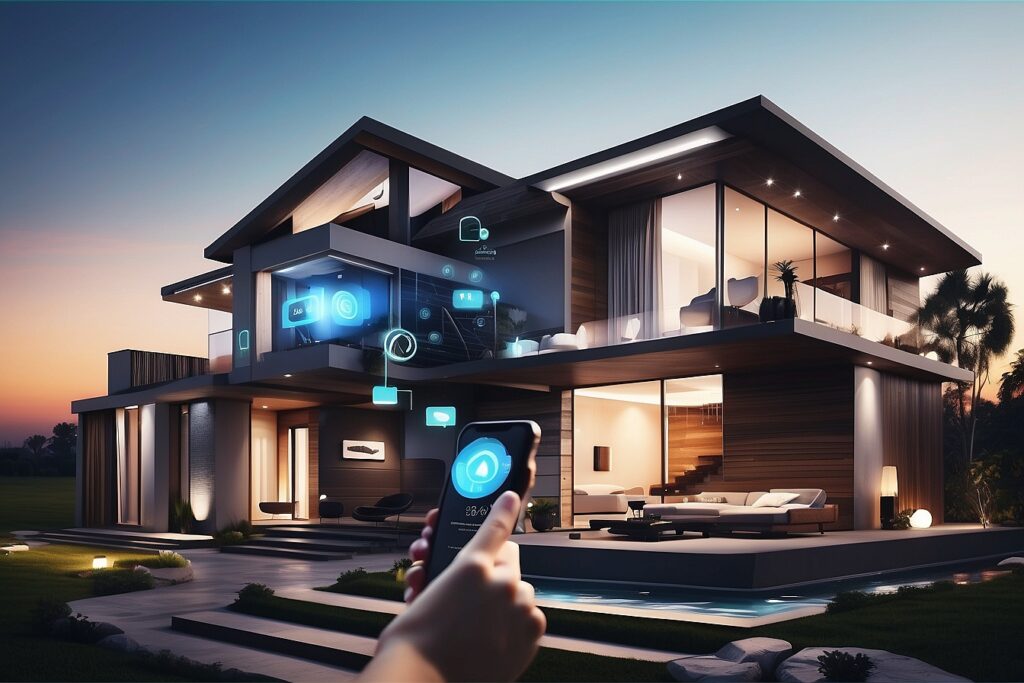
Table of Contents
Early Concepts of Home Automation
Historical Roots of Automation: When was smart home technology first introduced?
The concept of automation dates back to the industrial revolution, where the desire to simplify and streamline tasks laid the groundwork for what we now recognize as smart home technology. Early inventors envisioned a future where homes could operate seamlessly through mechanical automation.
Pioneering Ideas in the Early 20th Century
Now focusing on When Was Smart Home Technology First Introduced. The early 20th century saw the emergence of visionary thinkers who conceptualized automated homes. Notable figures like Nikola Tesla and his ideas of a “wireless” world laid the foundation for the integration of technology into everyday living.
Emergence of the First Smart Home Devices
The Rise of Computer-Controlled Systems
The 1970s marked a significant turning point with the rise of computer-controlled systems. It was when Was Smart Home Technology First Introduced. These early systems laid the foundation for what would become the first smart home devices. Home automation was no longer a dream but a tangible reality.
Introduction of the First Smart Home Technology
In the late 1970s, the X10 protocol made its debut, enabling communication between compatible devices. This marked the birth of the first recognizable smart home technology, allowing users to control various aspects of their homes remotely.
Evolution of Smart Home Technology
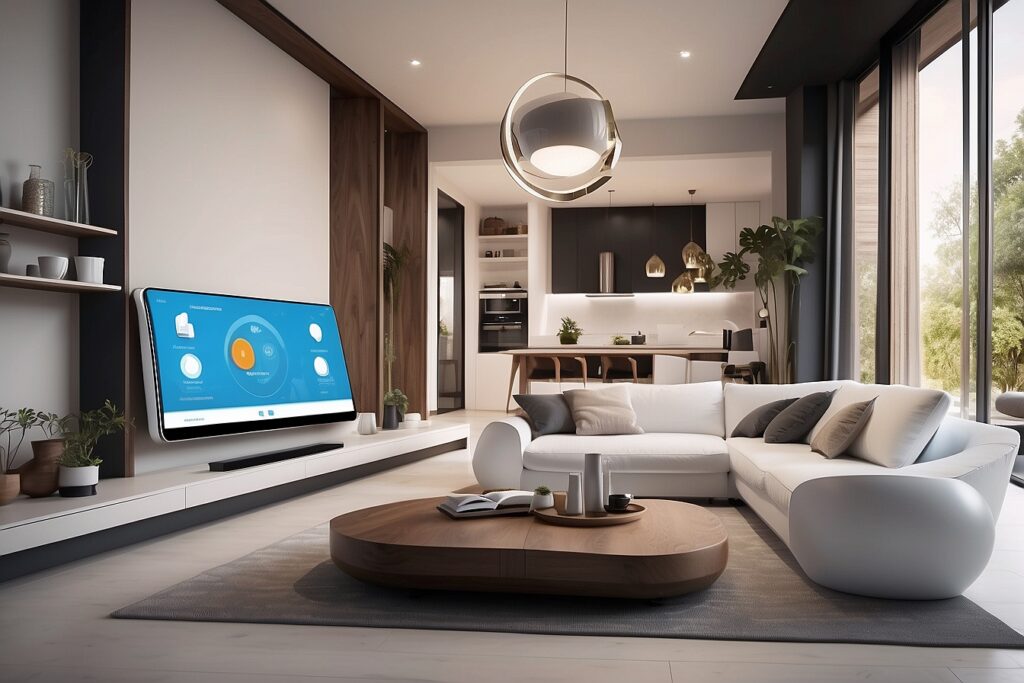
Technological Advancements in the 20th Century
The latter half of the 20th century witnessed rapid technological advancements, influencing the evolution of smart home technology. The introduction of microprocessors and improved sensors enhanced the capabilities of home automation systems, paving the way for more sophisticated features.
Expansion of Smart Home Features
As technology continued to advance, smart home features expanded beyond basic automation. Home security systems, environmental controls, and entertainment systems became integral components of the evolving smart home ecosystem, contributing to its widespread appeal.
Key Milestones in Smart Home History
Landmark Moments in Smart Home Technology
Several key milestones defined the trajectory of smart home technology. The launch of the first smart thermostat, the development of the first home automation protocols, and the integration of mobile technology into smart homes are all noteworthy moments in its history.
Popularization of Home Automation
The late 20th century witnessed the popularization of home automation, with companies introducing user-friendly systems and devices. The growing appeal of smart homes laid the groundwork for the widespread adoption we see today.
The Role of Personal Computers in Smart Homes
Integration of Personal Computers into Home Automation
The 1980s brought a significant shift with the integration of personal computers into home automation. Introduction to these computers is crucially linked with the question, When Was Smart Home Technology First Introduced? Computers became central hubs, allowing users to program and control various aspects of their homes with newfound ease.
Impact on User Accessibility
The inclusion of personal computers made smart home technology more accessible to the average consumer. User-friendly interfaces and intuitive controls contributed to the increasing interest in home automation, making it more user-friendly.
Smart Home Technology in the Digital Age
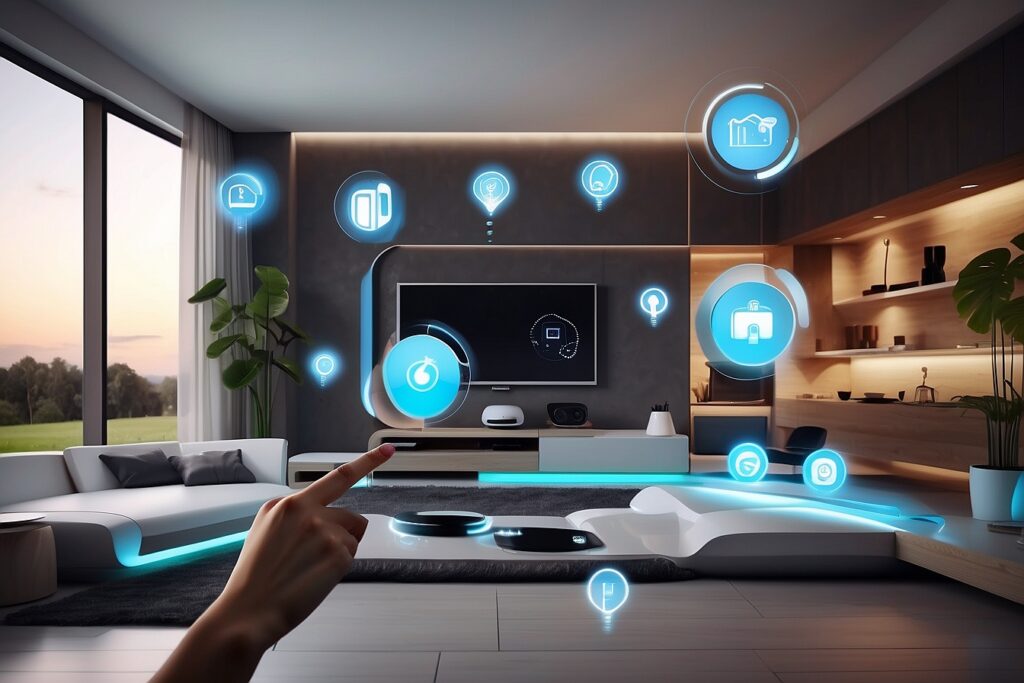
Rapid Advancements in the 21st Century
The 21st century brought about unprecedented advancements in technology, influencing the trajectory of smart home development. The digital age saw the emergence of internet-connected devices, revolutionizing the concept of home automation.
Integration with Smartphones and the Internet
Smart home technology became more versatile with the integration of smartphones and internet connectivity. Users gained the ability to remotely control and monitor their homes, enhancing convenience and security to unprecedented levels.
Mainstream Adoption of Smart Home Devices
Increasing Affordability and Accessibility
Advancements in mass production and competition among tech companies is also a key note to the question, When Was Smart Home Technology First Introduced? as it led to a decrease in the cost of smart home devices. This, coupled with increased awareness, contributed to the mainstream adoption of smart home technology.
Changing Consumer Attitudes towards Smart Homes
As smart home technology became more commonplace, consumer attitudes shifted. What was once considered a luxury became a desirable and attainable feature for households worldwide, reflecting a paradigm shift in lifestyle preferences.
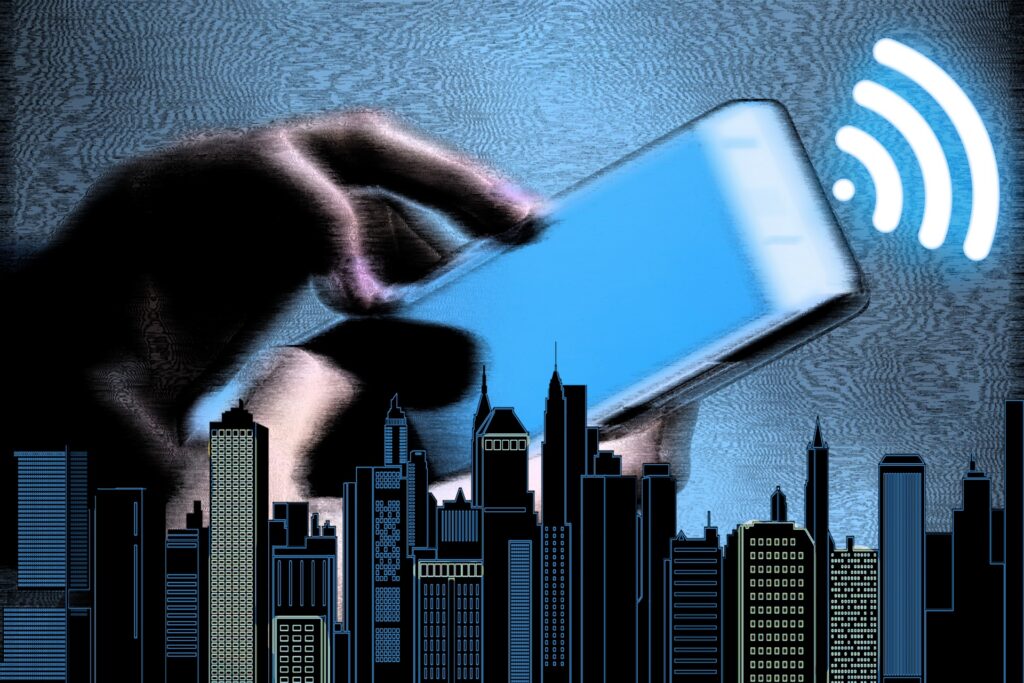
Impact of IoT on Smart Home Technology
The Role of the Internet of Things (IoT)
The Internet of Things (IoT) played a crucial role and provided a rapid answer to the question of When Was Smart Home Technology First Introduced? as it enhances smart home capabilities. Interconnectivity between devices and the ability to share data facilitated seamless automation and communication, bringing about a new era of intelligence.
(You might also be interested in our article on the Internet of Things (IoT), which is an integral part of smart home technology.)
Interconnectivity of Smart Devices
Smart home devices began to communicate with each other, creating a cohesive and responsive environment. The interconnectivity of devices allowed for more intelligent and context-aware automation, shaping the user experience.
Popular Smart Home Devices and Systems
Overview of Widely-Used Smart Home Products
The array of smart home devices available today is vast, catering to diverse needs and preferences. From smart thermostats and lighting systems to security cameras and voice-activated assistants, the market offers a plethora of options, that can be found on the Internet, e.g. here.
Integration of Voice-Activated Assistants
Voice-activated assistants like Amazon’s Alexa and Google Assistant have revolutionized how users interact with their smart homes. The ability to control devices through simple voice commands has become a defining feature of modern smart homes, enhancing user experience.
Challenges and Concerns in Smart Home Adoption
Privacy and Security Issues
The widespread adoption of smart home technology has raised concerns about privacy and security. As homes become more interconnected, the risk of unauthorized access and data breaches has become a focal point of discussion.
Technological Hurdles in Widespread Adoption
Despite the advancements, some technological challenges remain. Compatibility issues between devices, the lack of standardized protocols, and the need for user education are obstacles that smart home technology continues to overcome.
Future Trends in Smart Home Technology
Anticipated Developments in the Industry
Looking ahead, smart home technology is poised for further evolution. Anticipated developments include increased integration with artificial intelligence, the evolution of energy-efficient solutions, and the continued refinement of user interfaces.
Integration with Emerging Technologies
The integration of smart home technology with emerging technologies, such as augmented reality and blockchain, is on the horizon. These integrations have the potential to redefine the way users interact with their homes, introducing novel possibilities.
Benefits of Smart Home Technology
Increased Energy Efficiency
One of the primary benefits of smart home technology is increased energy efficiency. Smart thermostats, lighting controls, and energy monitoring systems contribute to a more sustainable and eco-friendly lifestyle.
Enhanced Convenience and Security
Smart homes offer unparalleled convenience, allowing users to control various aspects of their homes with a simple voice command or a tap on their smartphone. Advanced security features, including smart locks and surveillance systems, provide an enhanced sense of security.
Conclusion
In conclusion, The Answer to the Question, When Was Smart Home Technology First Introduced? is quite simple as the journey of smart home technology first introduced in the early 20th century from its early concepts to the present day, when it is growing ever faster, is a remarkable story of innovation and progress. As we reflect on the evolution of home automation, it’s evident that smart homes have transitioned from futuristic visions to everyday realities, enriching our lives with efficiency, convenience, and security.
Frequently Asked Questions (FAQs)
- Is smart home technology only for tech enthusiasts?
- Smart home technology is designed for users of all backgrounds. While tech enthusiasts may explore advanced setups, user-friendly devices cater to individuals seeking simplicity.
- How secure is smart home technology against cyber threats?
- Security is a priority in smart home design. Manufacturers implement encryption and authentication measures to protect user data from cyber threats.
- Can I retrofit my existing home with smart home technology?
- Yes, many smart home devices are designed for easy integration into existing homes. Retrofitting allows you to enjoy the benefits of automation without major renovations.
- What role does artificial intelligence play in smart homes?
- Artificial intelligence enhances smart home capabilities by enabling devices to learn user preferences and adapt to changing circumstances for a more personalized experience.
- Are smart homes energy-efficient?
- Yes, smart homes contribute to energy efficiency by optimizing lighting, heating, and cooling systems, resulting in reduced energy consumption and lower utility bills.
(You might also be interested in our article on the Internet of Things (IoT), which is an integral part of smart home technology.)





